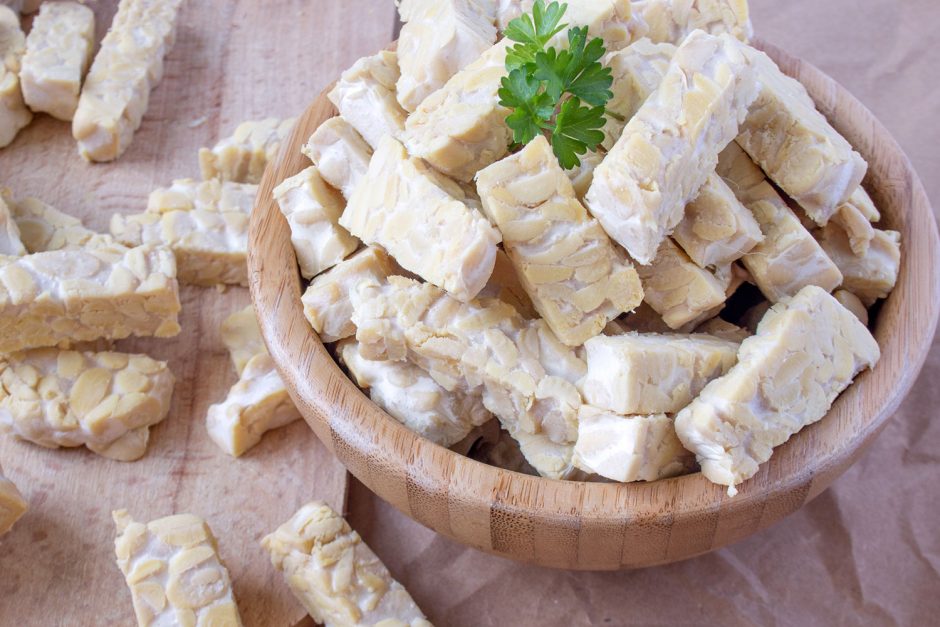Perk Up with 6 Tasteful Malaysian Drinks
Lighten your mood and rejuvenate your senses with 6 must-try Malaysian drinks!
Discover the authentic in Asian cuisine food

Vegetable proteins. Despite the benefits to both the body and the planet they provide, they’re still a very polarizing foodstuff. People either love or hate them. Think about it, how many people do you know who feel indifferent to tofu?
There’s also a wide variety of plant protein products out there beyond tofu, but either through ignorance or disinterest, very few of them are well known.
Take tempeh for instance. Don’t know what it is? Well, it’s an Indonesian version of tofu, but even better in many ways.
Like tofu, it’s made from soybeans, but it uses the whole bean, not just soy milk. The whole beans are softened by soaking, dehulled, partly cooked and then fermented using a special fungus, known as “tempeh starter”. Much like yeast cultures are used in bread making. The fermentation process seals the beans in a white outer layer – much like the rind on cheese – and should smell earthy and damp, a bit like mushrooms.
Because tempeh uses the whole bean, it retains a higher percentage of nutrients than tofu, especially protein, dietary fibre and a bunch of vitamins.
Like all things delicious, the Indonesians didn’t stop with one varietal. Tempeh kedelai is by far the most common and easiest tempeh to find, but there’s a heap of different types out there, some regional specialties, others mass-produced and available in supermarkets. And they all are unique and tasty in their own way.
Tempeh Gembus is made much like tofu – except soy pulp – and is much softer and fluffier than the full bean varietal. Tempeh oncom – made from peanut press cakes, or what’s leftover after squeezing something – comes in two types, that differ in colour depending on the fermentation agent use. One is a vibrant red, while the other is black, and they taste a little different too. There’s even oat tempeh – invented by the Swedes – that can be made in areas where soybeans are not viable.
Tempeh cakes are sliced and then soaked in a salty liquid – either a brine or a soy sauce – and most commonly fried. It’s used in place of meat, so it’s served in stir-fries, curries, salads, satay, anything you can imagine really.
Being Indonesian, there’s, of course, a goreng version – maybe the most common method of eating tempeh – you can imagine. The tempeh is sliced, seasoned with garlic and chilli, then deep-fried, and often served with sambal. If you’re after something a little more local, then try tempeh bacem. A traditional Javanese dish, tempeh is braised in various spices and aromatics and some coconut water, before being deep-fried.
To be honest, you’re going to have to work hard to find tempeh not deep-fried, though it is sometimes grilled and steamed.
If you’re curious about tempeh and want to give it a go, head down to your local Asian supermarket. We’ve got plenty of recipes on the website for you to try once you’ve got your hands on some.

Lighten your mood and rejuvenate your senses with 6 must-try Malaysian drinks!

Pair your hearty barbecues with these refreshing Asian delights!

What are the properties of ginger, and how to pick, store and use ginger in your cooking? Find out here!